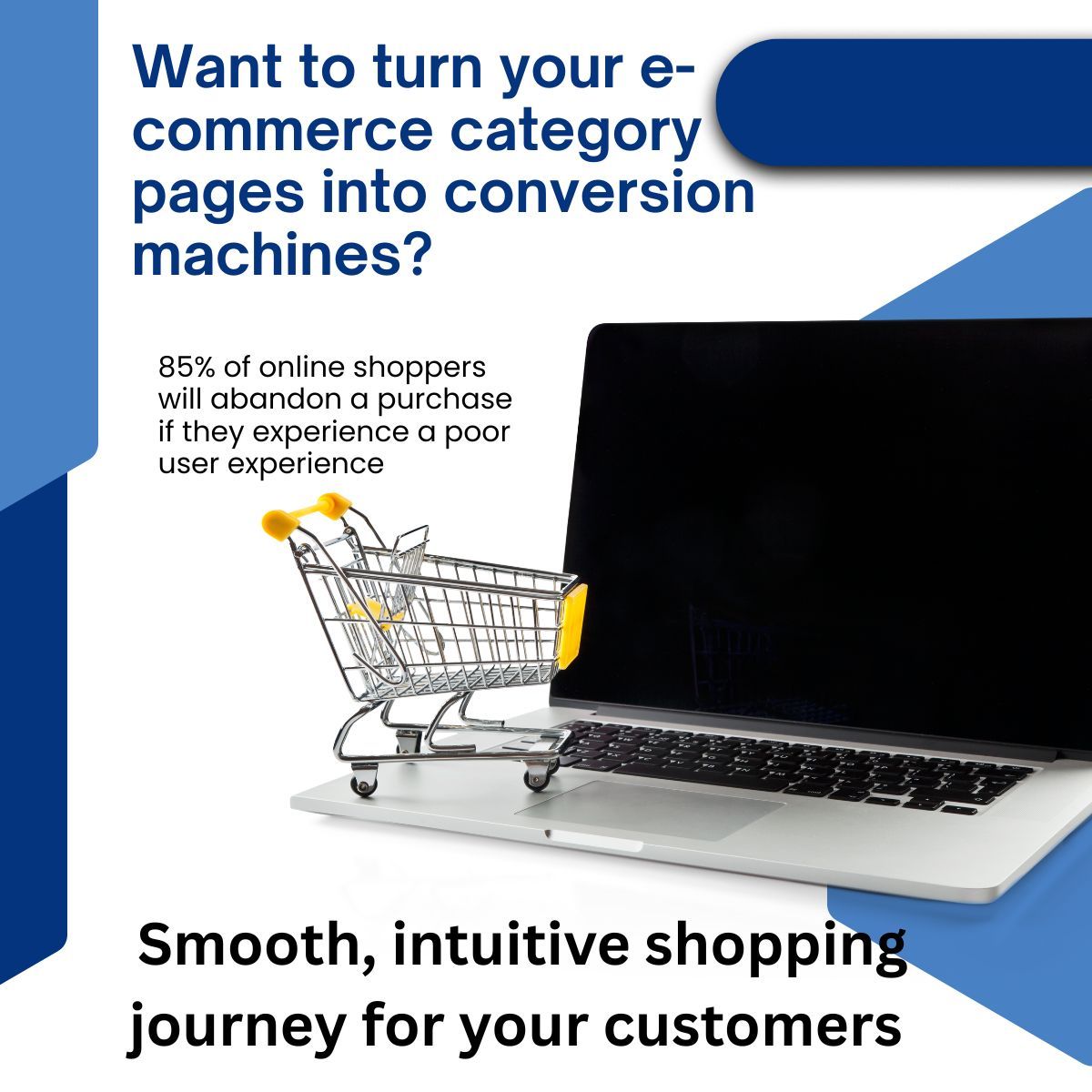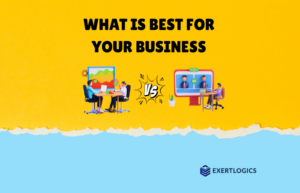As e-commerce continues to grow, optimizing every part of your online store becomes more important than ever. One key area that often gets overlooked is the category page. Many store owners focus on product pages or the homepage, but category pages are just as vital for driving sales and conversions.
In this article, we’ll dive deep into why optimized category pages are crucial for boosting e-commerce sales and how you can maximize their potential.
What Are Category Pages in E-Commerce?
In simple terms, category pages are the pages where products are grouped based on their type or characteristics. For example, in an online fashion store, you might have categories like “Men’s Shoes,” “Women’s Clothing,” and “Accessories.”
Category pages help organize your products, making it easier for customers to browse and find what they need. However, they can also be optimized to provide an enhanced shopping experience that encourages conversions and increases sales.
Why Are Optimized Category Pages Crucial for Boosting E-Commerce Sales?
Here’s why category pages should be a focus for your e-commerce store’s growth:
1. Improved User Experience (UX) for Higher Conversions
One of the most significant benefits of optimized category pages is the improved user experience (UX) they provide. When your category pages are well-organized, customers can easily find what they’re looking for, leading to a smoother shopping experience.
A positive user experience translates into higher conversion rates. The easier it is for a customer to navigate your site, the more likely they are to make a purchase.
Pro Tip: Make sure your categories are clearly defined, with easy navigation and sorting options to help customers find what they need quickly.
2. SEO Benefits for Increased Organic Traffic
Optimized category pages play a key role in SEO. Well-structured category pages with optimized content are more likely to appear in search engine results, bringing in more organic traffic to your site.
By incorporating targeted keywords into your category page titles, meta descriptions, and image alt texts, you can improve your rankings and visibility. This ultimately leads to more people finding your store, browsing your products, and making purchases.
Pro Tip: Use relevant keywords in your category page titles, descriptions, and product listings. Also, optimize images with descriptive alt text for better SEO.
3. Better Conversion Rates with Strategic Design
A great category page doesn’t just help people find products—it also pushes them towards making a purchase. By optimizing your category pages for conversions, you can increase the chances of visitors turning into customers.
Add clear call-to-action buttons, product filters, and user-friendly layouts that guide customers toward making a decision. Make it easy for them to find the products they need and check out with minimal effort.
Pro Tip: Place visible “Shop Now” buttons and product filters in a location that is easy to find and use.
4. Reduced Bounce Rates for Improved SEO
When category pages are slow to load or hard to navigate, visitors are more likely to bounce from the page and leave your site. This increases your bounce rate, which can hurt your rankings in search engines.
Optimizing category pages helps reduce bounce rates, keeping users engaged and increasing the likelihood that they’ll browse other pages or make a purchase.
Pro Tip: Make sure your category pages load quickly by compressing images and optimizing scripts. Mobile-friendly designs also contribute to reducing bounce rates.
How to Optimize Your Category Pages for Maximum Sales
Now that you know why category pages are important, here’s how to optimize them effectively:
1. Use Clear and SEO-Optimized Titles
Your category titles should be descriptive, clear, and optimized with relevant keywords. For instance, rather than a generic “Products” title, use a more specific one like “Men’s Running Shoes” or “Best-Selling Electronics.” This approach helps with SEO and clarifies what the category is about for users.
2. Add Product Filters and Sorting Options
Filters and sorting options make it easier for customers to narrow down their choices based on their preferences. Consider adding filters for things like price range, color, brand, size, or rating. Sorting options, like “Price: Low to High” or “Best Sellers,” enhance the user experience and drive conversions.
3. Write Unique and Engaging Category Descriptions
Each category page should have a unique description that gives users more insight into what they can expect from that category. It’s also a great opportunity to naturally include relevant keywords for SEO.
Pro Tip: Write descriptions that are both informative and engaging, focusing on the benefits of the products in that category. Be sure to include high-value keywords.
4. Optimize Your Images for Faster Loading
Page load times are a critical factor in e-commerce success. Slow-loading category pages can turn potential customers away. To keep your category pages fast and user-friendly, make sure all images are compressed and optimized for quicker loading.
Pro Tip: Use tools like TinyPNG to compress your images without compromising on quality. Also, ensure your images are mobile-optimized for smooth performance across devices.
5. Implement Cross-Selling and Up-Selling
Maximize your sales by recommending related products on your category pages. Cross-selling and up-selling are powerful strategies that encourage customers to explore more products and add more items to their cart.
Pro Tip: Use personalized product recommendations like “You May Also Like” or “Customers Also Bought” to increase average order value.
6. Ensure Mobile Optimization
With more people shopping on mobile devices, it’s essential to ensure your category pages are fully optimized for mobile. This means ensuring responsive design, quick load times, and easy-to-use navigation on all devices.
Pro Tip: Test your category pages on various devices to ensure they look great and work smoothly on desktops, tablets, and smartphones.
Conclusion: Optimized Category Pages = Increased E-Commerce Sales
When category pages are optimized, they do more than just organize your products—they help create a seamless shopping experience, improve SEO rankings, and boost conversions. By implementing the strategies outlined above, you can make your category pages work harder for you and drive more sales.
Start optimizing your category pages today and watch your e-commerce sales grow!




